Horse breeding is a meticulous and intricate process, combining the art of selecting the right pair with the science of genetics and reproduction. Whether the goal is to continue a prestigious bloodline, produce competitive sport horses, or simply to bring a new equine companion into the world, understanding horse breeding basics is essential. This blog post delves into the various aspects of equine reproduction, breeding techniques for horses, and the management of both the process and the animals involved to ensure the health and success of future generations.
Refining Horse Breeding Practices with Genetic Insight and Reproductive Techniques
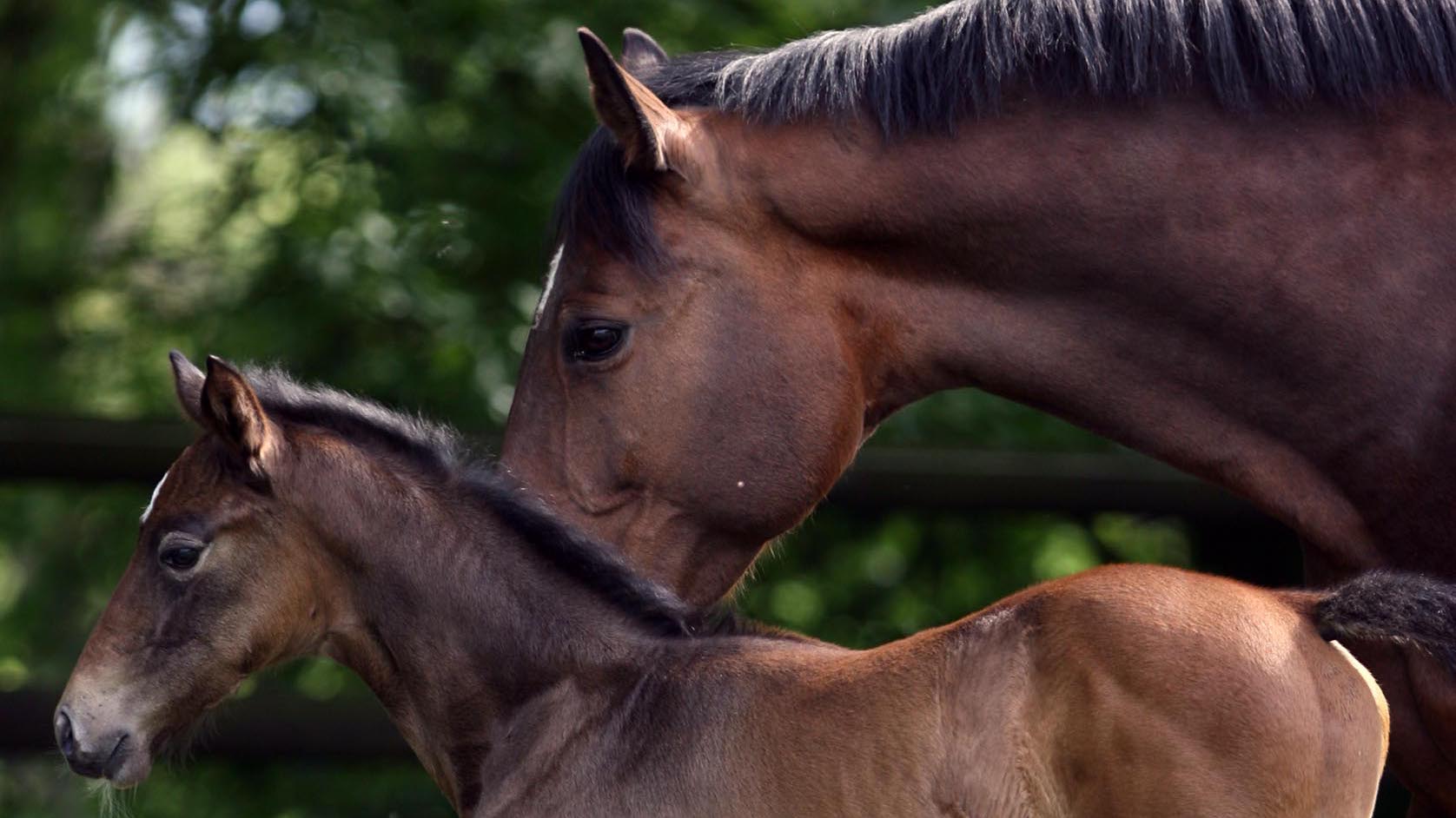
Embarking on a horse breeding endeavor requires a solid understanding of reproductive methods and genetic science. By integrating advanced genetic analysis with reproductive management, breeders can achieve their objectives, whether that’s to enhance certain capabilities or preserve celebrated bloodlines. We will explore the sophisticated strategies and genetic considerations that inform today’s breeding decisions to advance the lineage of equine companions.
Strategic Breeding and Genetic Considerations
The genetic architecture of horses is a key factor in determining the potential of the offspring. Knowledge of hereditary patterns enables breeders to select pairs that are likely to produce foals with desired characteristics, including those related to health and performance. Strategic breeding involves a comprehensive understanding of these hereditary influences and how they can be manipulated to achieve specific breeding goals.
- Identifying genetic markers to predict and improve health outcomes
- Selecting traits that contribute to a horse’s suitability for various equine disciplines
- Considering the interplay between temperament and athletic performance
Advanced Reproductive Management in Horse Breeding
Reproductive management in horses encompasses a thorough understanding of both mare and stallion reproductive physiology. Breeding success hinges on the precise timing and method of insemination, which is informed by detailed knowledge of the mare’s cycle and the stallion’s sperm health. This section highlights the importance of reproductive timing and health monitoring in achieving successful breeding outcomes.
- Timing techniques to align with the mare’s optimal fertility window
- Evaluating stallion health to ensure quality sperm production
- Customizing breeding approaches to suit specific horse characteristics
Genetic Analysis and Mating Decisions
Modern breeding practices involve meticulous genetic analysis to select the best mare and stallion combinations. Genetic tests can reveal the potential for passing on favorable traits as well as the risk of hereditary diseases. This information guides breeders in making informed mating choices to improve the genetic quality of their horses and to mitigate the risk of genetic disorders.
| Genetic Aspect | Impact on Breeding Choices |
|---|---|
| Heritable Health Conditions | Strategic avoidance of genetic diseases |
| Aptitude and Abilities | Selection for traits that enhance performance |
| Physical Build | Consideration of conformation for specific equestrian sports |
With a comprehensive grasp of reproductive techniques and an analytical approach to genetics, breeders are empowered to produce horses that not only meet but surpass industry standards. These foundations in horse breeding basics and the judicious use of genetic information underpin the production of superior equine athletes and beloved companions, ensuring a prosperous future for the horse breeding industry.
Enhancing Reproductive Health in Equine Breeding
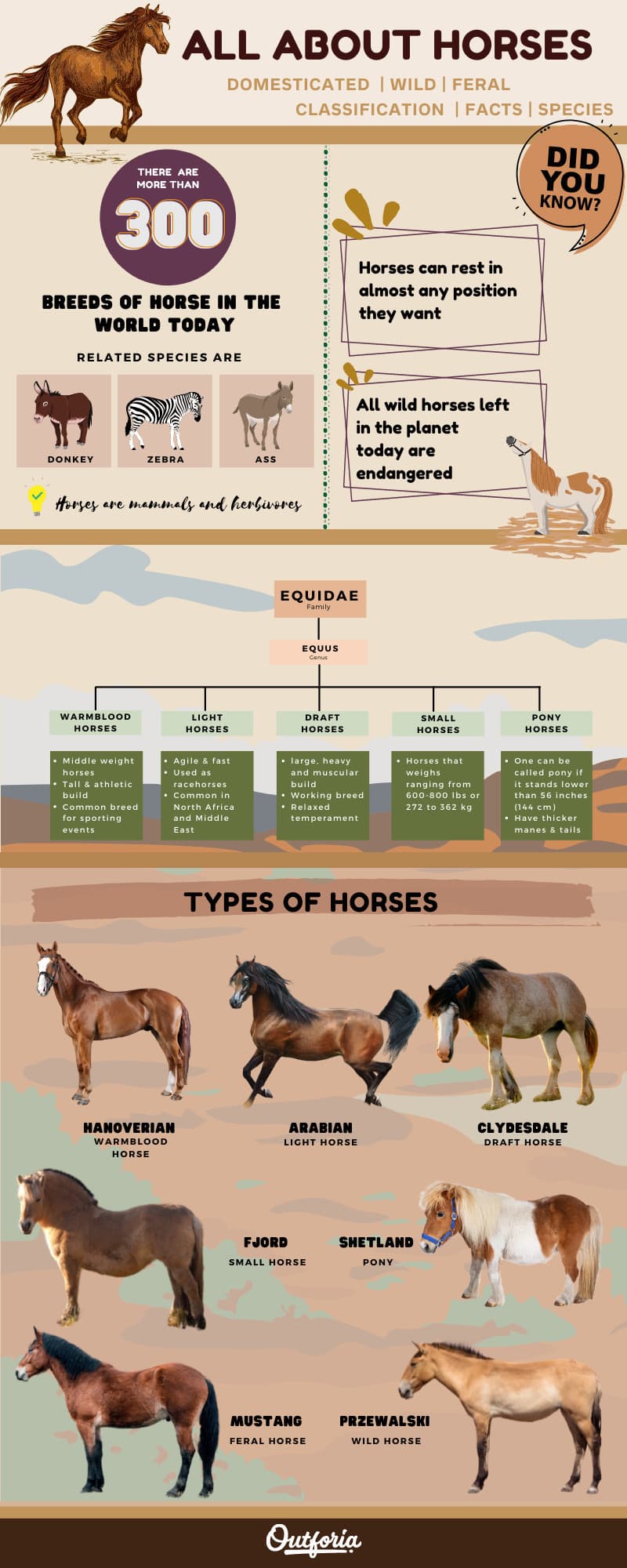
Effective management of reproductive health is pivotal in mare and stallion breeding. Attention to detail in all facets — ranging from the overall well-being of the breed stock to their environmental conditions — is essential in maximizing their reproductive potential. This article examines the vital practices necessary to foster the reproductive vigor of horses, emphasizing the importance of a holistic approach to equine breeding.
Key Aspects of Mare Reproductive Management
Successful timing of insemination is heavily reliant on a thorough grasp of the mare’s estrous cycle. Factors influencing the cycle’s consistency, such as breed specifics, age, and health, must be accounted for to optimize breeding moments. Veterinary expertise, including the use of reproductive technologies such as ultrasound, is crucial to identify the prime time for insemination.
Enhancing Stallion Reproductive Capabilities
Evaluating a stallion’s reproductive capacity is fundamental prior to breeding efforts. A comprehensive semen analysis is performed to assess the stallion’s fertility, taking into account the environment and overall health to maintain high-quality sperm.
Creating an Optimal Breeding Environment
The environment in which breeding takes place significantly affects reproductive outcomes. Stress-inducing factors, such as disturbances and suboptimal space, must be minimized to promote a serene breeding atmosphere. Specifics such as secure paddocks, stalls that promote calmness, and lighting that supports natural rhythms are vital to ensure both mare and stallion are at ease.
Proactive Health Management for Fertility
Proactive health care is indispensable for maintaining robust fertility in equines. This includes specialized reproductive health examinations and preventative measures that address potential complications, encompassing infectious disease control, reproductive assessments, and immunizations that contribute to reproductive well-being.
Considering the Reproductive Timeline
The age-related reproductive capacity of horses is a factor that requires careful consideration. While younger mares and stallions often exhibit higher fertility, the value of mature horses with a history of successful reproduction should not be underestimated. The decision-making process should include an evaluation of the reproductive history and the strategic use of older horses with desirable genetics.
Through targeted attention to reproductive health and environmental factors, breeders can enhance fertility and success rates within their breeding programs. Combining in-depth knowledge with meticulous care and a conducive breeding environment helps to ensure that the breeding process not only yields promising results but is also carried out with respect for the animals’ welfare, ultimately contributing to the advancement of high-quality equine progeny.
Diverse Approaches to Horse Breeding
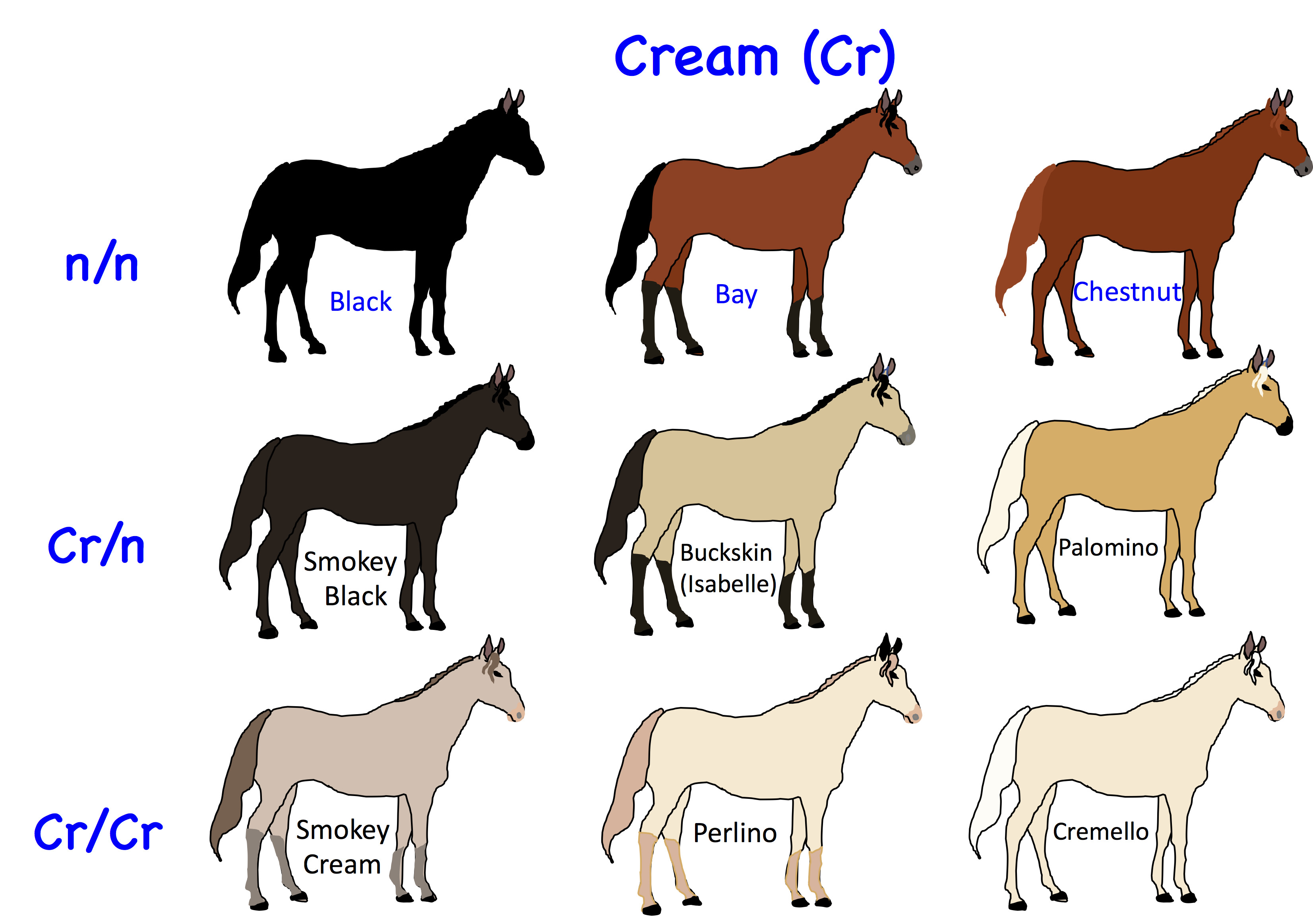
Breeders in the field of equine reproduction have at their disposal a variety of breeding methods, each tailored to fit specific needs and preferences. This exploration into breeding options provides insight into how these different techniques can shape the breeding program’s success and the health of the horses involved.
Benefits and Implementation of Artificial Insemination
Artificial insemination (AI) represents a significant advancement in equine breeding. This process entails collecting and processing semen from a stallion and introducing it into the mare’s reproductive system artificially. AI offers several advantages:
- Access to a wide selection of genetics from stallions around the globe, thus improving the genetic diversity of the offspring.
- Reduces the likelihood of disease spread between mating pairs.
- Protects horses from injuries that could occur during natural breeding.
- Enables mares to maintain their competitive or training schedules while reproducing.
Considerations for Natural Breeding
Natural breeding remains a viable option and involves direct physical mating between a mare and a stallion in a controlled setting. For natural mating to be successful and safe, several precautions are necessary:
- Health screenings to prevent complications during breeding.
- Evaluation of the horses’ behavior to ensure compatibility and manage potential aggression.
- Experienced handlers are essential to safeguard the horses during the mating process.
Innovations in Assisted Reproductive Techniques
Technological advancements have greatly expanded the repertoire of available reproductive methods in horse breeding. Notable assisted reproductive techniques (ARTs) include:
- Embryo Transfer: This allows one mare to produce multiple foals annually or to contribute genetically without carrying a pregnancy to term by transferring her embryo to a surrogate mare.
- Oocyte Transfer: In this procedure, an egg cell from the mare is transferred to another mare for fertilization and gestation.
- Intracytoplasmic Sperm Injection (ICSI): This technique is especially beneficial for stallions with limited fertility, as it involves the direct injection of a single sperm into an egg, which is subsequently implanted in a mare or surrogate.
Evaluating Horse Breeding Methodologies
The choice of a suitable breeding technique requires a thorough assessment of several factors, including the mare’s health, the stallion’s accessibility, and the breeding goals set forth. It is imperative for breeders to consider the following:
| Technique | Key Considerations |
|---|---|
| Artificial Insemination | Expenses involved, access to high-quality semen, and the capacity of the breeding facility |
| Natural Mating | Ensuring the well-being of the animals, compatibility between the mare and stallion, and minimizing injury risks |
| Assisted Reproductive Techniques | Availability of technical expertise, costs, and ethical concerns |
Through a deep understanding of the complexities of these breeding methods and strategic planning for their use, horse breeders can refine their breeding practices. This allows them to strive for the production of equine offspring that are not only healthy and genetically sound but also align with the industry’s changing standards.
Strategies for Success in Equine Reproduction
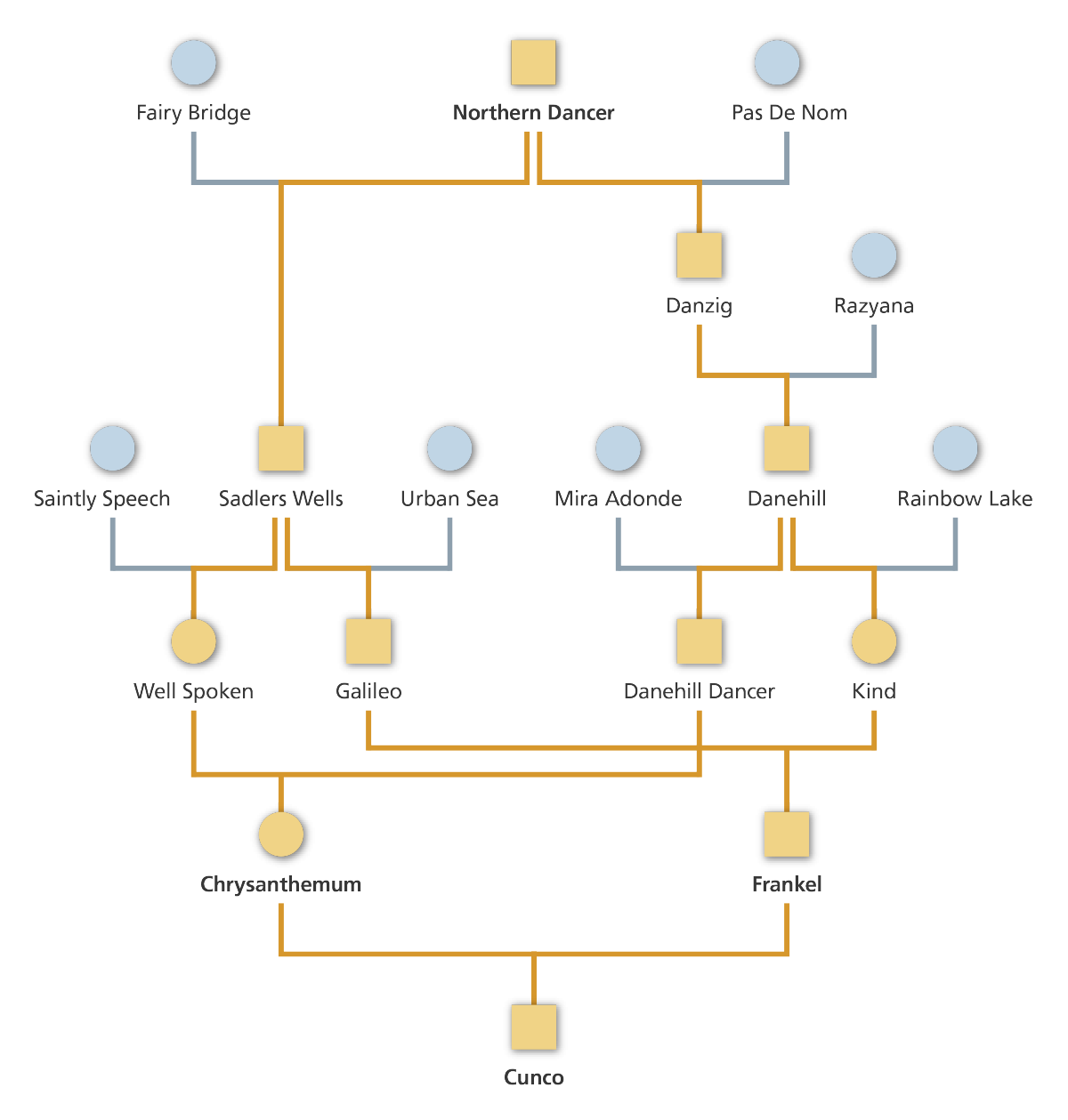
During the critical horse breeding season, conscientious breeders apply their knowledge of equine behavior and science to foster successful breeding. A well-crafted breeding agenda and vigilant health monitoring are key to enhancing the probability of conception and ensuring the birth of vibrant foals.
Key Indicators of Mare Readiness
Recognizing when a mare is ready to breed is paramount for optimizing the breeding season. Mares demonstrate readiness through certain behaviors and physical changes which breeders need to identify with precision. These include:
- Changes in cervical firmness
- Increased urination frequency
- Behavioral receptivity to a stallion
These signs guide breeders in timing insemination or natural mating to coincide with the mare’s ovulation, hence improving chances of conception.
Coordinating Breeding Timelines
For successful breeding, the coordination between stallion and mare availability is essential. Breeders must keep detailed records of the mare’s cycle and align this with the stallion’s readiness, ensuring his health and vitality are optimal for breeding. Key considerations include:
- Assessing the stallion’s readiness through health evaluations
- Timing matings with mares’ fertility peaks
- Providing stallions with ample rest for sperm regeneration
Optimizing the Breeding Environment
The environment plays a substantial role in the success of the breeding process. To optimize conditions, breeders should focus on:
- Regulating barn and stable temperatures
- Providing sufficient lighting that emulates natural conditions
- Offering protection from adverse weather
Such environmental control helps balance hormonal activity, contributing to regular estrous cycles and enhanced fertility.
Enhancing Breeder Stock Health and Diet
Health and nutrition are central to the vitality of breeding stock during the season. Breeders should implement a health regimen that includes:
- A consistent deworming and vaccination schedule
- Dietary adjustments to meet reproductive needs
- Ongoing health surveillance for early detection of issues
Ensuring a nutrient-dense diet supports reproductive function and increases the likelihood of successful breeding.
Employing Technological Tools for Breeding Efficiency
Technological advancements have introduced precision tools to aid in managing the breeding season. Utilization of reproductive ultrasonography and hormone analysis enhances breeders’ ability to accurately determine the best time for breeding. These tools aid in:
- Identifying the ideal insemination or mating period
- Minimizing the number of attempts needed for successful conception
- Spotting reproductive issues early to avoid impacts on fertility
Adopting these technologies can lead to more efficient breeding practices and superior outcomes during the horse breeding season, thereby nurturing the development of exceptional equine progeny.
Nurturing the Future: The Evolution of a Foal
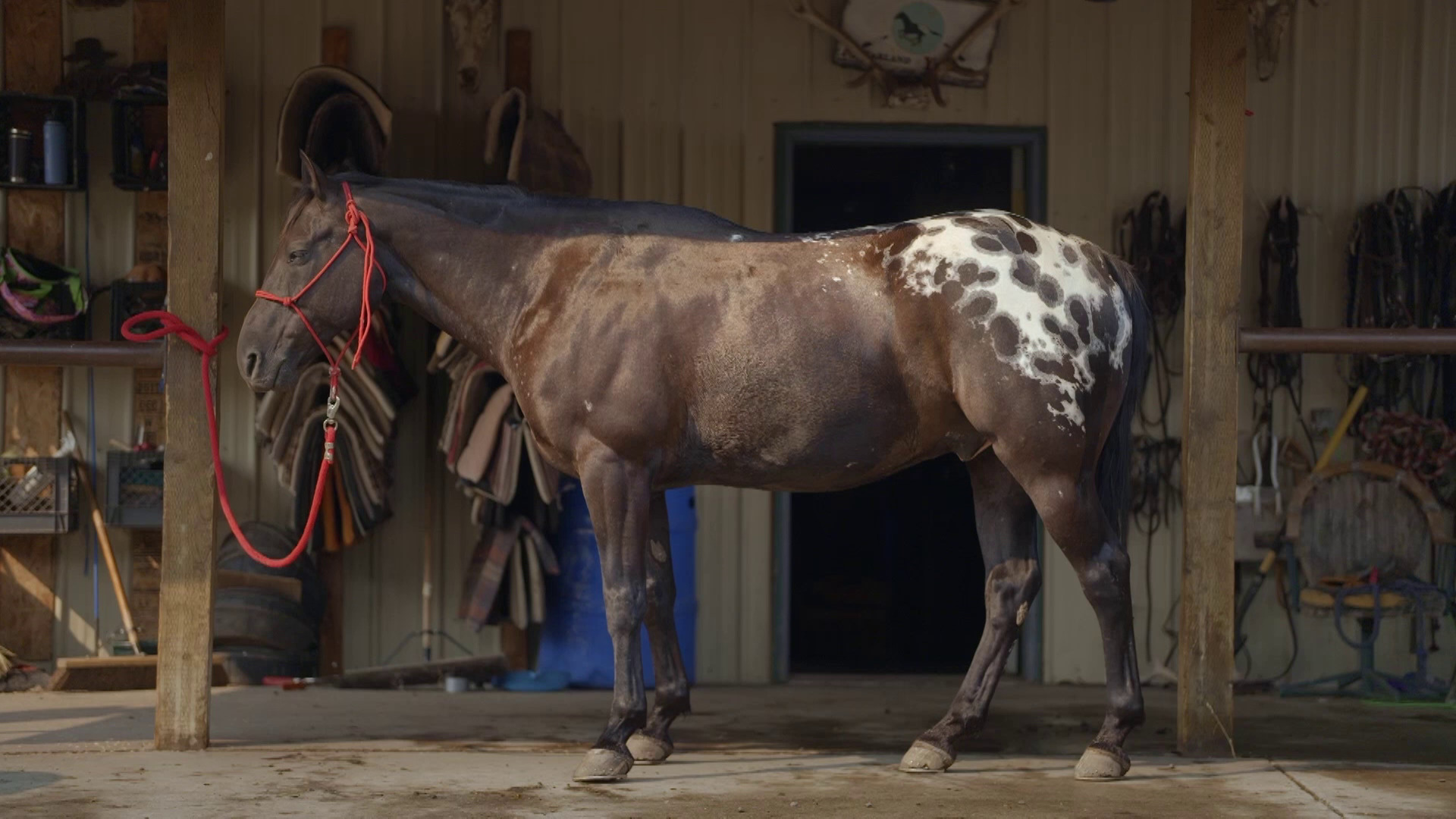
The development of a foal is an intricate journey that spans from the moment of conception until the young horse reaches independence post-weaning. Approximately an 11-month gestation period marks the beginning of significant transformations, where meticulous care and attentive supervision are fundamental for a foal’s health and vitality, ultimately leading to a smooth weaning process.
Equine Pregnancy: A Phase-by-Phase Overview
Equine pregnancy encompasses distinct milestones in the foal’s growth:
- In the initial trimester, the embryo’s critical structures and systems begin to form.
- During the middle trimester, organ differentiation and skeletal development proceed.
- The final trimester witnesses accelerated growth and organ maturation, equipping the foal for life outside the womb.
Monitoring Foal Progression
Attentive tracking of developmental progress is key for breeders:
- Utilizing ultrasound to confirm embryonic vitality early in pregnancy.
- Conducting regular scans to follow the fetus’s growth and activity.
- Adjusting the mare’s nutrition to cater to the foal’s escalating growth demands as delivery approaches.
The Impact of Nutrition on Foal Maturation
Proper nutrition is critical for foal maturation. The mare’s diet needs to meet the growing demands of pregnancy, particularly in later stages, to promote robust development. Essential dietary components include:
- High-quality forage and grains for energy.
- Sufficient protein to facilitate tissue growth.
- Vitamins and minerals, such as Vitamin E and selenium, for immune and muscle development.
Initial Postnatal Period and Weaning Preparation
The postnatal period is a sensitive phase of adjustment for the foal. Key practices include:
- Colostrum intake shortly after birth, providing essential antibodies.
- Ongoing observation of mare-foal bonding and effective nursing.
- Introducing the foal to solid foods to ease the transition during weaning.
Social Skills and Behavioral Adaptation in Foals
Social and behavioral education is integral to a foal’s development. Early human contact and interaction with other horses are essential for teaching social conduct and averting adverse behaviors. The dam and equine community play roles in imparting social structures and cues to the foal.
Embracing Independence: Weaning Considerations
Weaning, which typically takes place when the foal is four to six months old, is a pivotal stage where the foal transitions to self-sufficiency. This process should be managed thoughtfully to ensure a stress-free experience for both the mare and the foal, promoting independence while fostering social competence amongst equine counterparts.
Comprehensive care, balanced nutrition, and appropriate socialization are the cornerstones of foal development, guiding the young equine from conception through the significant milestone of weaning. Breeders play a critical role in shaping the early life of foals, laying the groundwork for their future performance and adaptability as mature horses.
Optimizing Equine Breeding Through Effective Stud Management
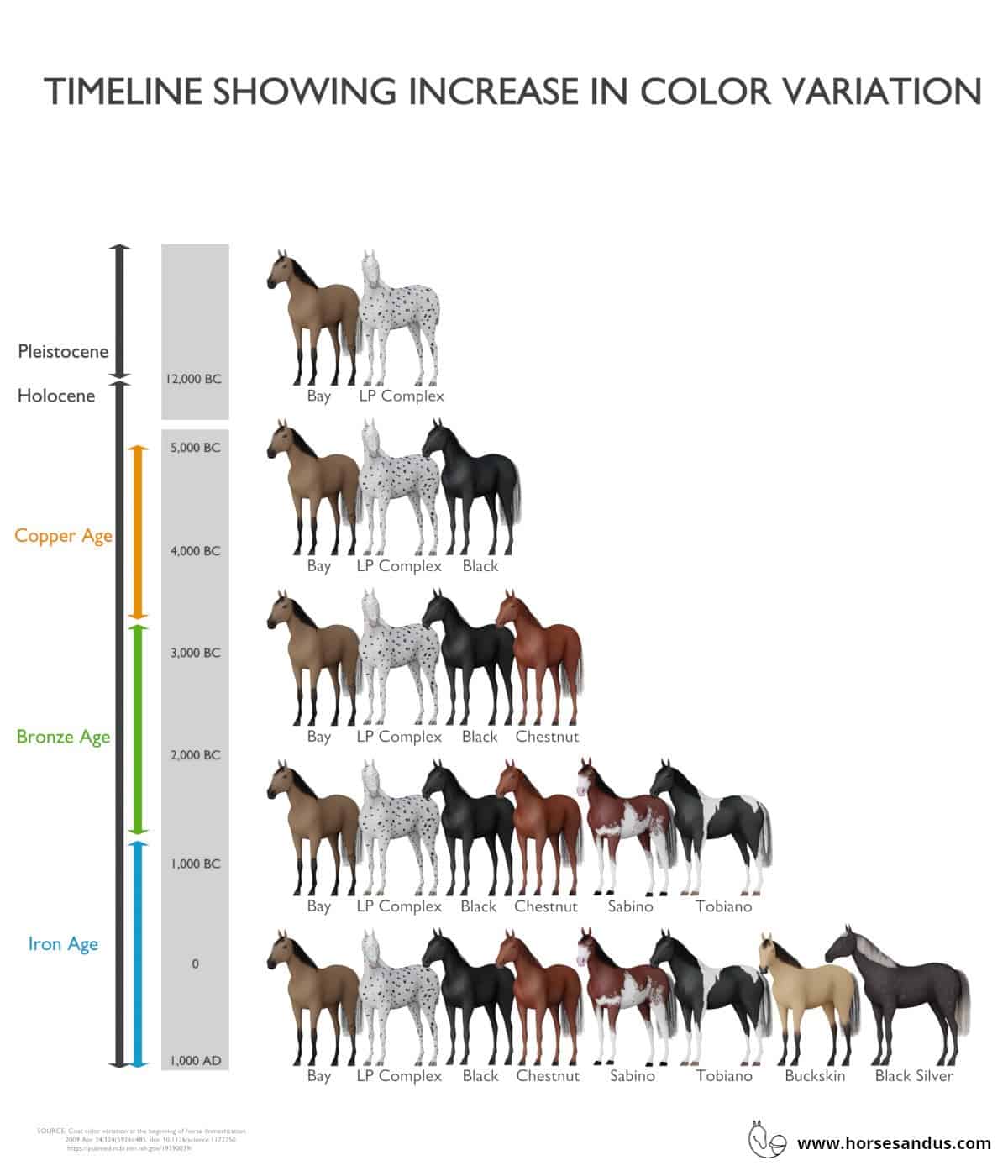
Managing a horse stud involves a delicate balance of equine care, facility maintenance, and business acumen. A holistic approach is essential for the welfare of the horses and the effectiveness of the breeding program. This section will focus on strategies for sustainable and efficient breeding operations that prioritize animal care and responsible genetic practices.
Feeding Protocols for Breeding Horses
Providing appropriate nutrition is vital for the breeding performance of stallions and broodmares. Diets must cater to their unique needs, changing with reproductive cycles and workloads. An effective feeding strategy should include:
- Energy-rich feeds for active stallions during breeding to support their exertion.
- Supplements rich in minerals and vitamins to promote the health of broodmares and development of the fetus.
- A focus on forage to ensure digestive wellness and to mitigate gastrointestinal disorders.
Regular assessment of body condition scores is important to keep breeding horses at their ideal weight and condition for successful reproduction.
Stud Infrastructure and Disease Prevention
Keeping a breeding facility clean and well-maintained is essential for the health and safety of the horses. Key practices include:
- Thorough cleaning and sanitization of areas where horses are housed and bred.
- Enforcing biosecurity protocols to minimize the spread of infectious diseases.
- Consistent checks and repairs of the physical structures to prevent injuries and escapes.
Meticulous attention to the stud’s environment is integral to the health of the horses and the smooth running of the breeding program.
Record-Keeping for Breeding Excellence
Accurate and detailed records are the foundation of effective stud management. They offer critical insights into the health and breeding status of each horse. Record-keeping should encompass:
- Detailed health histories, including preventative care and medical interventions.
- Logs of breeding events, semen collections, and insemination timings.
- Documentation of pedigrees and genetic attributes to guide breeding choices and uphold bloodline integrity.
Meticulous records assist in strategic breeding planning and adherence to breed standards and regulations.
Empowering Staff Through Education
Expertise among staff members is crucial for a well-functioning stud. Ongoing education in equine care and breeding technology is necessary. Training initiatives should cover:
- Best practices in horse handling and behavior interpretation.
- Emergency procedures and equine first aid proficiency.
- Updated knowledge in reproductive science and application of breeding innovations.
Investing in staff development ensures high operational standards and top-tier care for the horses.
Strategic Planning for Stud Growth
Effective stud management extends into strategic business planning. Essential elements for a thriving stud operation include:
- Crafting a comprehensive business plan that outlines breeding objectives and economic forecasts.
- Marketing initiatives that highlight the stud’s offerings and achievements.
- Industry networking to cultivate valuable partnerships and clientele relationships.
Sound business strategies enhance the stud’s reputation, fostering enduring success and growth.
Adhering to these stud management best practices enables breeders to achieve a prosperous breeding environment. By combining thorough nutritional programming, diligent care of facilities, exhaustive record maintenance, team expertise, and business savvy, breeders can ensure a high-performing horse stud operation.
If you’re curious about the intricacies of equine life, particularly how horses come into this world, you’ll certainly want to read our in-depth article on how horses are born. But the world of horses doesn’t end there. Discover more about their lifestyles by exploring our article on what horses wear, which covers everything from saddles to blankets. Additionally, delve into the traditions and considerations behind equine identities with our piece on how horses are named. Each article offers a unique glimpse into the fascinating details of horse breeding and care.
Ensuring Success in Horse Breeding
While the process of breeding horses is steeped in tradition, the application of modern techniques and knowledge is key to ensuring success.
Advancements in Equine Reproductive Technology
Recent advancements in equine reproductive technology, such as embryo transfer and intracytoplasmic sperm injection (ICSI), have revolutionized horse breeding. These techniques enable breeders to overcome fertility challenges and preserve valuable genetics.
Common Challenges and Solutions in Horse Breeding
Despite careful planning, breeders may encounter challenges such as low fertility rates, pregnancy loss, or genetic defects. Solutions range from adjusting management practices to utilizing assisted reproductive technologies. Collaboration with veterinary specialists and ongoing education remain integral to overcoming these hurdles.
Horse breeding is a complex blend of science, art, and dedicated care. With a deep understanding of horse breeding basics, equine genetics, and the latest reproductive techniques, breeders can look forward to the birth of healthy, vibrant foals that carry the promise of their lineage into the future.



